Add Movement to the School Day to Boost Student Physical Activity and Learning
SHAPE America
OCTOBER 10, 2023
Elementary students get the majority of their movement during the school day in physical education (PE) and recess. It is estimated that kids get about 5,000-6,000 steps during school on non-PE days and 7,000-8,000 steps on PE days. All three of these tenants of PE can be better utilized in classroom settings.

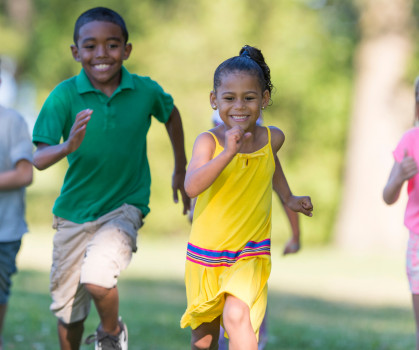
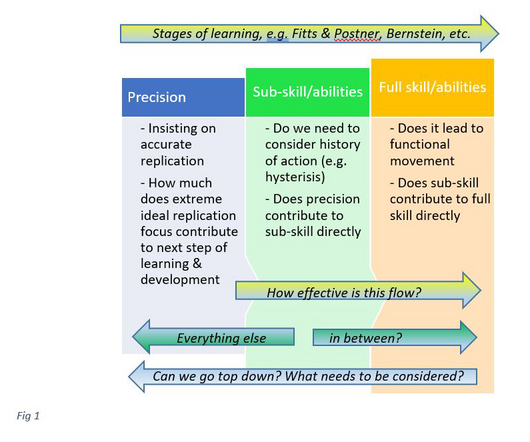
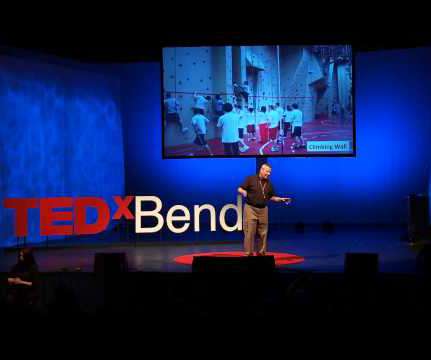
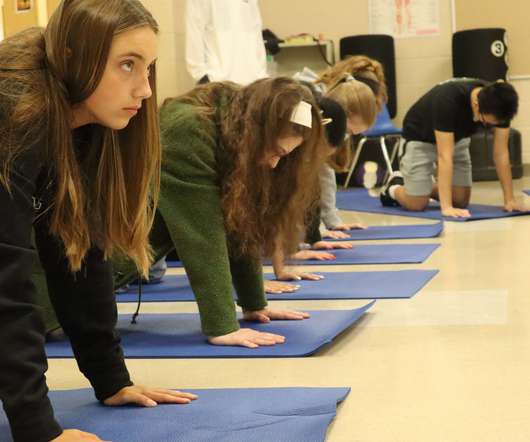

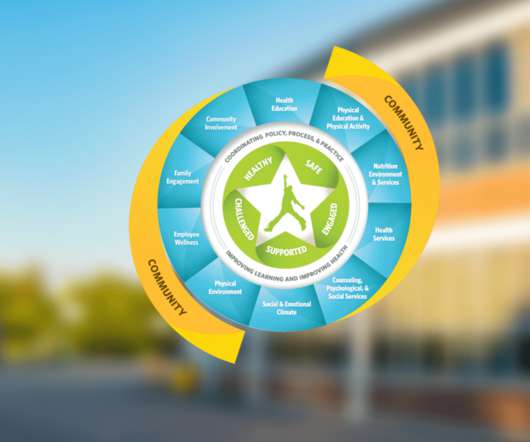
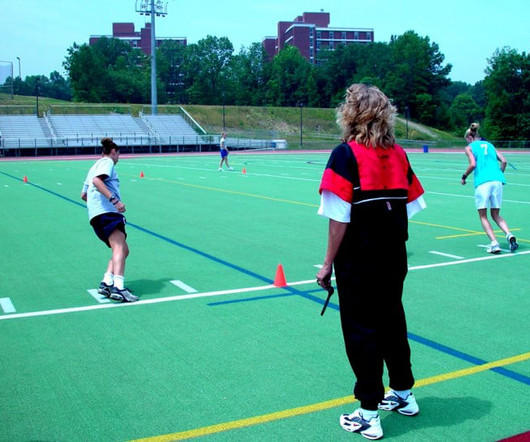


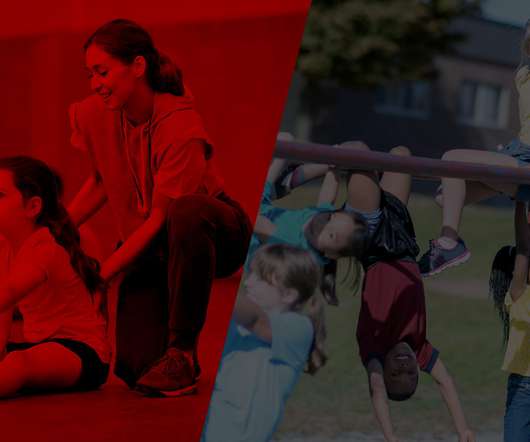


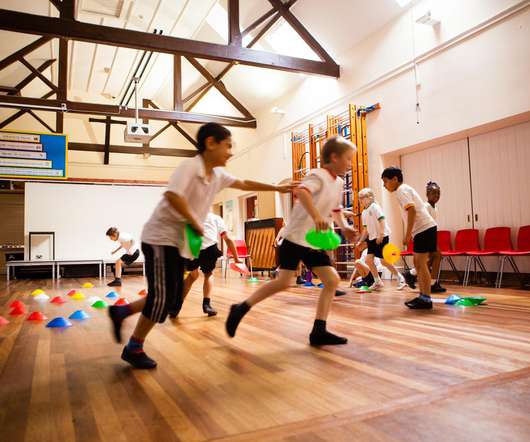

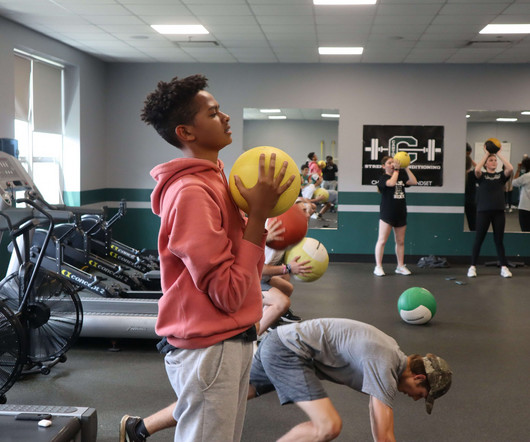
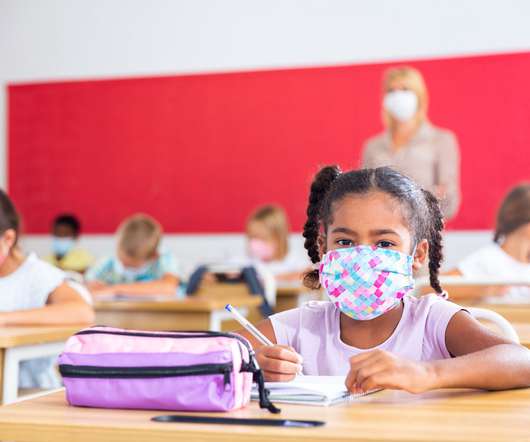






Let's personalize your content